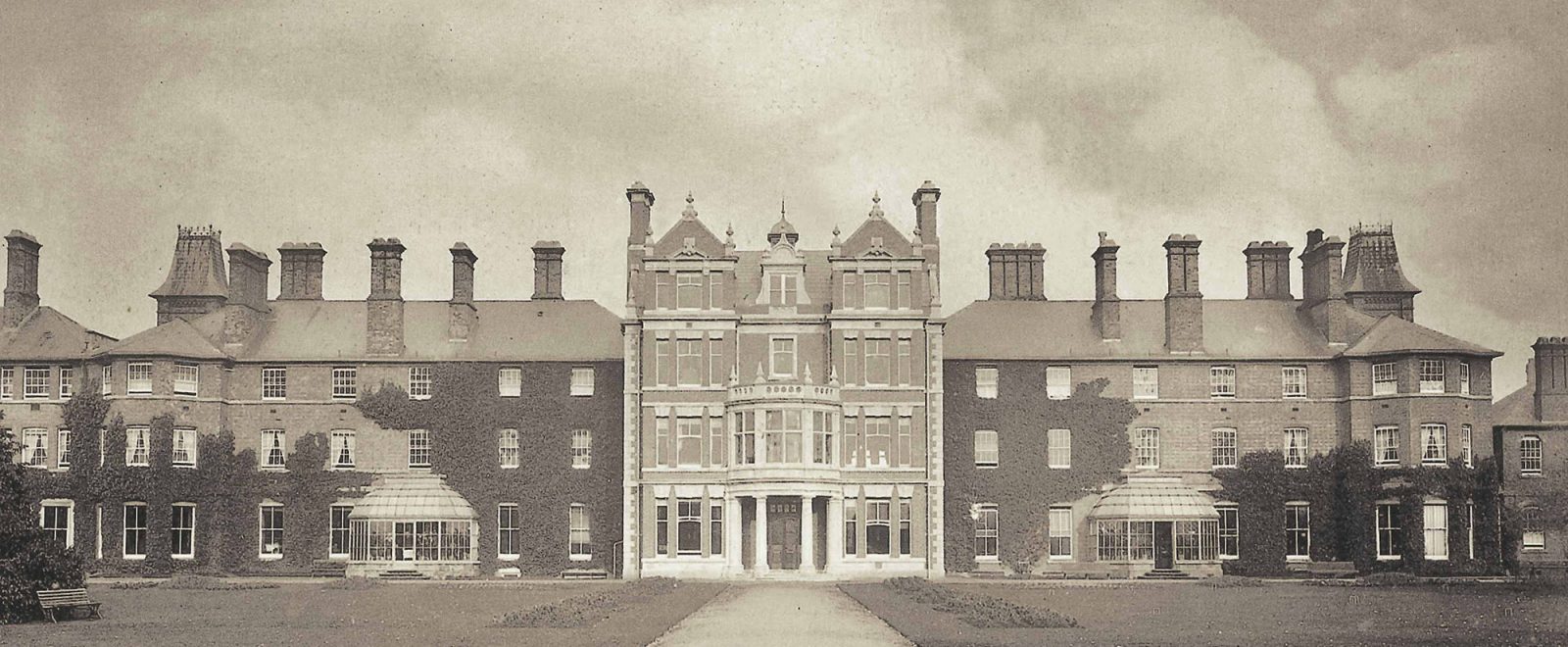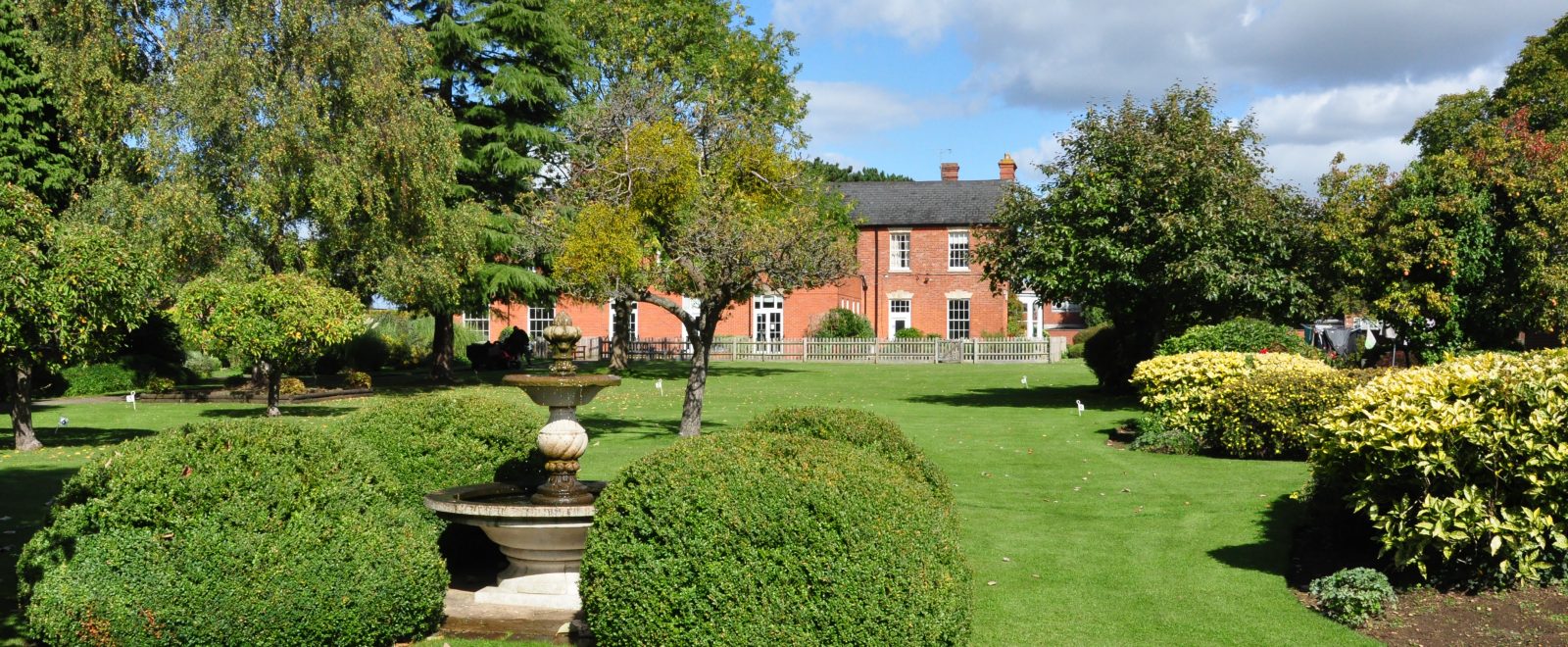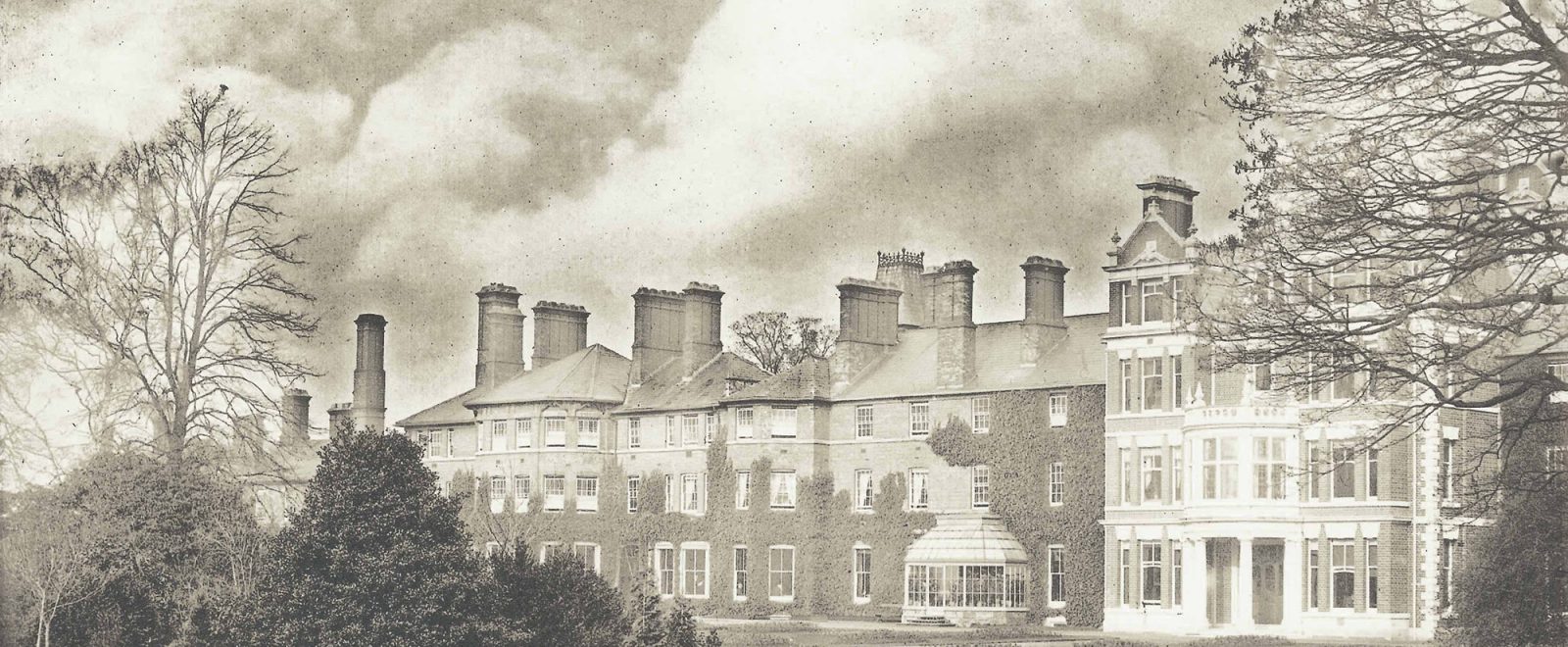
Building Belonging since 1860
In 2020 Barnwood Trust will embark on developing a thriving and supportive community on the site of Manor Gardens in Gloucester. Plans for the site include renovating and converting the original Manor House, adding another chapter to the area’s long history and connection with mental health, which began in 1860.
The 18th and 19th centuries saw a dramatic rise in focus on mental health; numerous asylums and hospitals were opening around the country, and practitioners were pioneering various techniques for treatment.
One of the more compassionate asylums in England was Barnwood Hospital, which opened in 1860 on Barnwood Road in Gloucester. Funding came privately via a group of wealthy subscribers, who had come together in aid of improving mental health care in the area. The choice to appoint Samuel Hitch as resident physician led to a compassionate ethos of trust and respect between staff and patients. It was printed in the staff house rules that patients were “not to be treated with less respect”, and that no one should be coerced or tricked into coming.

As the hospital grew in reputation and size, it acquired nearby satellite properties, including Manor House and Gardens in 1919. The red brick Manor House had been built in 1794 by Samuel Bubb, and later became the birthplace of his grandson – the renowned inventor Sir Charles Wheatstone.
The hospital made use of the Manor House for decades, and in 1917 the building was offered to the War Office for use as free accommodation, with medical provision for treating officers who were suffering from shell shock – at that time a condition that was not fully understood. However, the offer was declined.

Between 1860-1935, 2,099 patients were admitted to Barnwood Hospital, and the ‘cure’ rate was cited as 56% – one of the highest in the country. So significant was Barnwood Hospital to the local area that it had its own tram stop, and one of the two pillar boxes in Barnwood was located inside the foyer of the main building, for exclusive use by the staff and patients there.
The Hospital continued to thrive throughout World War II and the subsequent years, but by 1969 the Hospital was struggling to cover its running costs: The NHS had transformed the way people accessed health care, and the decision was made in 1967 to close.
The main hospital was eventually demolished, but Manor House and Gardens continued for 10 years as a nursing home, and then as a day care centre, providing facilities for up to 30 people. The running costs were subsidised by the Trust, and it became extremely popular and over-subscribed. To meet the demand, the stables and outbuildings of the old Manor House were cleared and transformed into eighteen sheltered housing bungalows, sitting within the inclusive landscaped garden. A further twenty-two dwellings followed shortly afterwards, along with an administrative office for the wardens, a common room, two overnight guest rooms, and a suitably equipped bathroom for residents requiring assistance.

In 2010 the Trust began to think bigger and more long-term. Having acquired land across Gloucester and Cheltenham over the years, they were in a strong position to use their legacy and capital to become a champion of inclusion for disabled people and people with mental health challenges in Gloucestershire, continuing what the subscribers set out to achieve over 150 years prior. Barnwood Trust used the Manor House as one of two local bases for their work and began to expand the team; as of 2019 there are now 51 people working for the Trust, based at Overton House in Cheltenham.
Having established itself as a recognised charity in Gloucestershire, the Trust is now looking ahead at building belonging in a new way.
The next stage for Manor Gardens is to become a unique community housing development for families and individuals, offering accessible homes and landscaped gardens, in what will become a flagship project for the trust.
Rather than a ‘scheme’ to house disabled people separate from the rest of the community, the development will be a neighbourhood where people with different needs can enjoy living alongside one another; a multi-generational site available to anyone who wants to be a part of it; connecting and enjoying community life together at Manor Gardens.